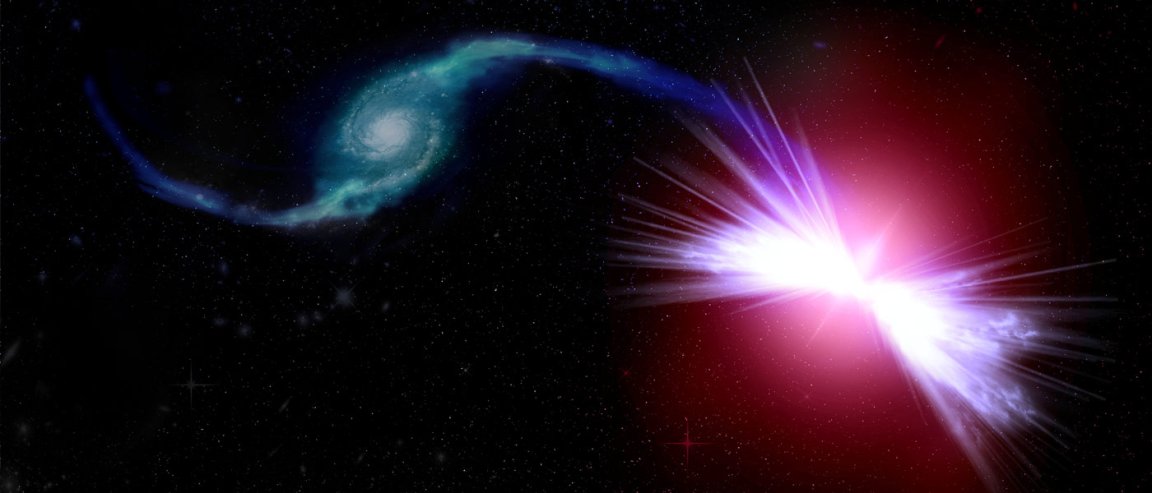
Black Hole Caught Red-Handed
For years, astronomers have been baffled by a mysterious phenomenon in which galaxies are left dormant, with only red dwarf stars remaining in them. These galaxies have the full resources to form new stars, but for some reason, they are not making any new ones—a process called “galactic warming.”
Astronomers have long suspected that black holes were the culprit, but could not find enough incriminating evidence.
However, they were recently caught red-handed—using the Sloan Digital Sky Survey’s (SDSS) new field spectroscopic survey, Mapping Nearby Galaxies at Apache Point Observatory (MaNGA), a new addition to the Sloan Foundation Telescope’s arsenal.
Because MaNGA can provide more detailed images of galaxies, particularly “two-dimensional maps of stellar velocity” and “velocity dispersion and ionized gas velocity,” among other elements for observation, it is capable of capturing subtle and quick changes to galaxies.
According to the SDSS: “Unlike previous SDSS surveys which measured spectra only at the centers of target galaxies, MaNGA bundles sets of optical fibers into tightly-packed arrays, enabling spectral measurements across the face of each of ~10,000 nearby galaxies.”

How It Happens
Astronomers observed that a supermassive black hole at the center of a galaxy, named Akira, was pulling gases from another nearby galaxy, Tetsuo. This fuels the black hole in Akira, keeping it alive, and causing it to detonate winds so hot and energetic that it prevents the formation of new stars.
Edmond Cheung, astronomer at the University of Tokyo’s Kavli Institute for the Physics and Mathematics of the Universe, lead the study along with an international team of astronomers.
“You can think of these winds as super-heating the atmospheres of galaxies,” says Cheung. “As soon as any gas starts to cool, it gets blasted by this wind, like water droplets turning to steam.”
The barren galaxies are named “red geysers,” due to the geyser eruption-like wind outbursts the black hole emits, destroying any new stars before they form and leaving the galaxy with only old red dwarfs.